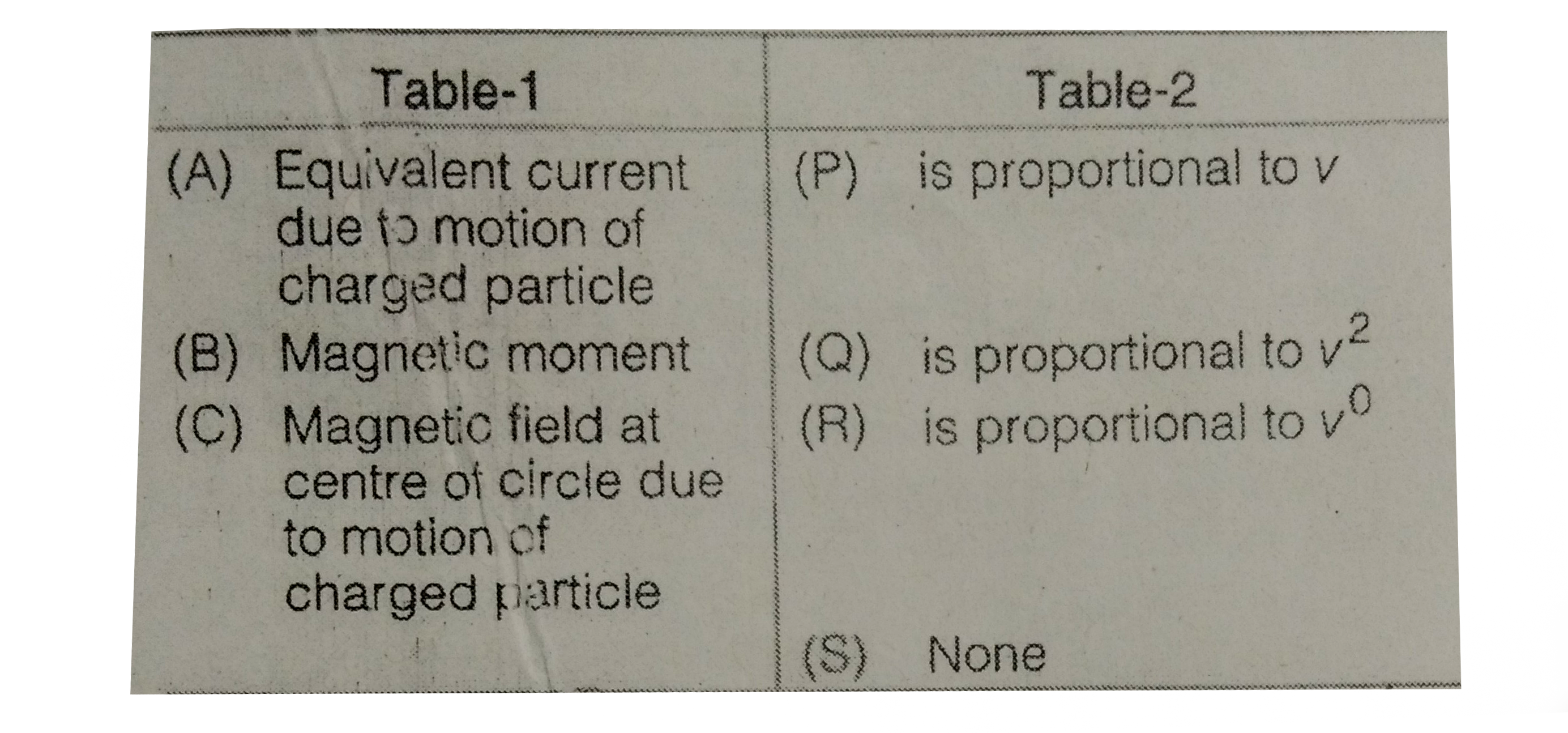A charged particle moves in a circular path in a uniform magnetic field. If its speed is reduced, then its tiem period will
Increase
Decrease
Remain same
None of these
Step by step video & image solution for A charged particle moves in a circular path in a uniform magnetic field. If its speed is reduced, then its tiem period will by Physics experts to help you in doubts & scoring excellent marks in Class 12 exams.
Updated on:21/07/2023Topper's Solved these Questions
- MAGNETIC EFFECTS OF CURRENT AND MAGNETISMBOOK - PHYSICS GALAXY - ASHISH ARORACHAPTER - MAGNETIC EFFECTS OF CURRENT AND MAGNETISMEXERCISE - Numerical MCQ
61 Videos
- MAGNETIC EFFECTS OF CURRENT AND MAGNETISMBOOK - PHYSICS GALAXY - ASHISH ARORACHAPTER - MAGNETIC EFFECTS OF CURRENT AND MAGNETISMEXERCISE - Advance MCQ
29 Videos
- MAGNETIC EFFECTS OF CURRENT AND MAGNETISMBOOK - PHYSICS GALAXY - ASHISH ARORACHAPTER - MAGNETIC EFFECTS OF CURRENT AND MAGNETISMEXERCISE - Discussion Question
23 Videos
- Kinetic Theory of Gases and Gas LawsBOOK - PHYSICS GALAXY - ASHISH ARORACHAPTER - Kinetic Theory of Gases and Gas LawsEXERCISE - Unsolved Numerical Problems for Preparation of NSEP, INPhO & IPhO
64 Videos
- NUCLEAR PHYSICS AND RADIOACTIVITYBOOK - PHYSICS GALAXY - ASHISH ARORACHAPTER - NUCLEAR PHYSICS AND RADIOACTIVITYEXERCISE - Concptual MCQs
48 Videos
Similar Questions
Knowledge Check
When a charged particle moves in an elecltric or a magnetic field, its speed is v and acceleration is a
AIn a magnetic field v is constant if the particle moves in a circular path, and variable if it moves in a helical path.BIn a magnetic field, v is always constant a may or may not ber zeroCIn an electric field, v can never remain constant.DIn a uniform electric field, a must be constant in magnitude and direction.Assertion A charged particle is rotating in a circular path in uniform magnetic field. Then, plane of circle is perpendicular to the magnetic field.
Reason Circular motion is a two-dimensional motion.AIf both Assertion and Reason are true and Reason is the correct explanation of Assertion.BIf both Assertion and Reason are true but Reason is not correct explanation of Assertion.CIf Assertion is true but Reason is false.DIf Assertion is false but Reason is true.Assertion: A charged particle is moving in a circle with constant speed in uniform magnetic field. If we increase the speed of particle to twice, its acceleration will become four times.
Reason: In circular path of radius R with constant speed v, acceleration is given by v2RAIf both Assertion and Reason are true and the Reason is correct explanation of the Assertion.BIf both Assertion and Reason are true but Reason is not the correct explanation of AssertionCIf Assertion is true, but the Reason is false.DIf Assertion is false but the Reason is true.
If the speed of a given charged particle moving on a circular path in a given magnetic field is doubled then the particle starts moving on a circular path of double radius.
View SolutionA particle moves in a circular path with constant speed . Its motion is
View SolutionCan a charged particle be accelerated by a magnetic field. Can its speed be increased?
View SolutionTime period of a charged particle undergoing a circular motion in a uniform magnetic field is independent of
View SolutionTime period of a charged particle undergoing a circular motion in a uniform magnetic field is independent of
View Solution

